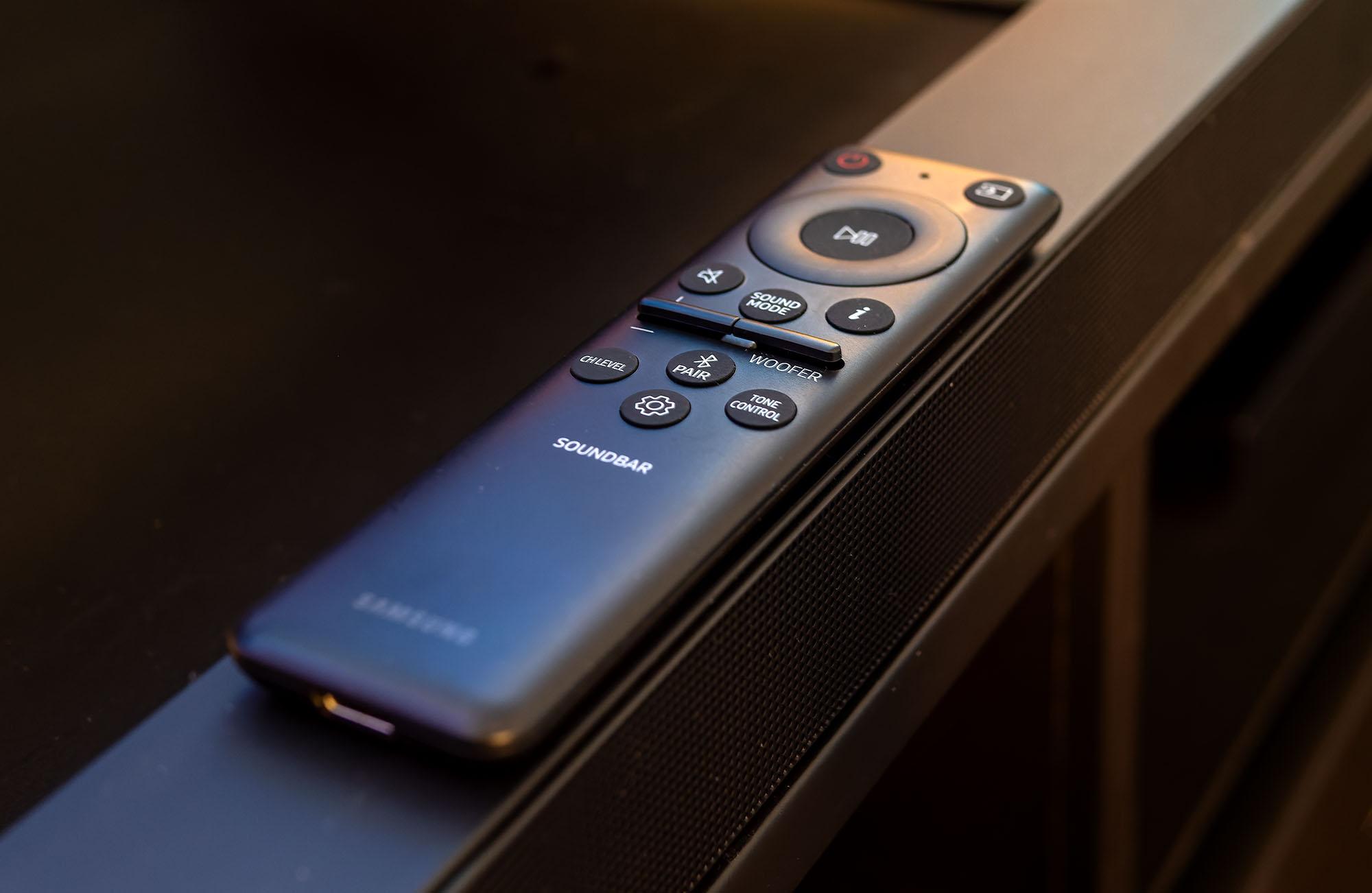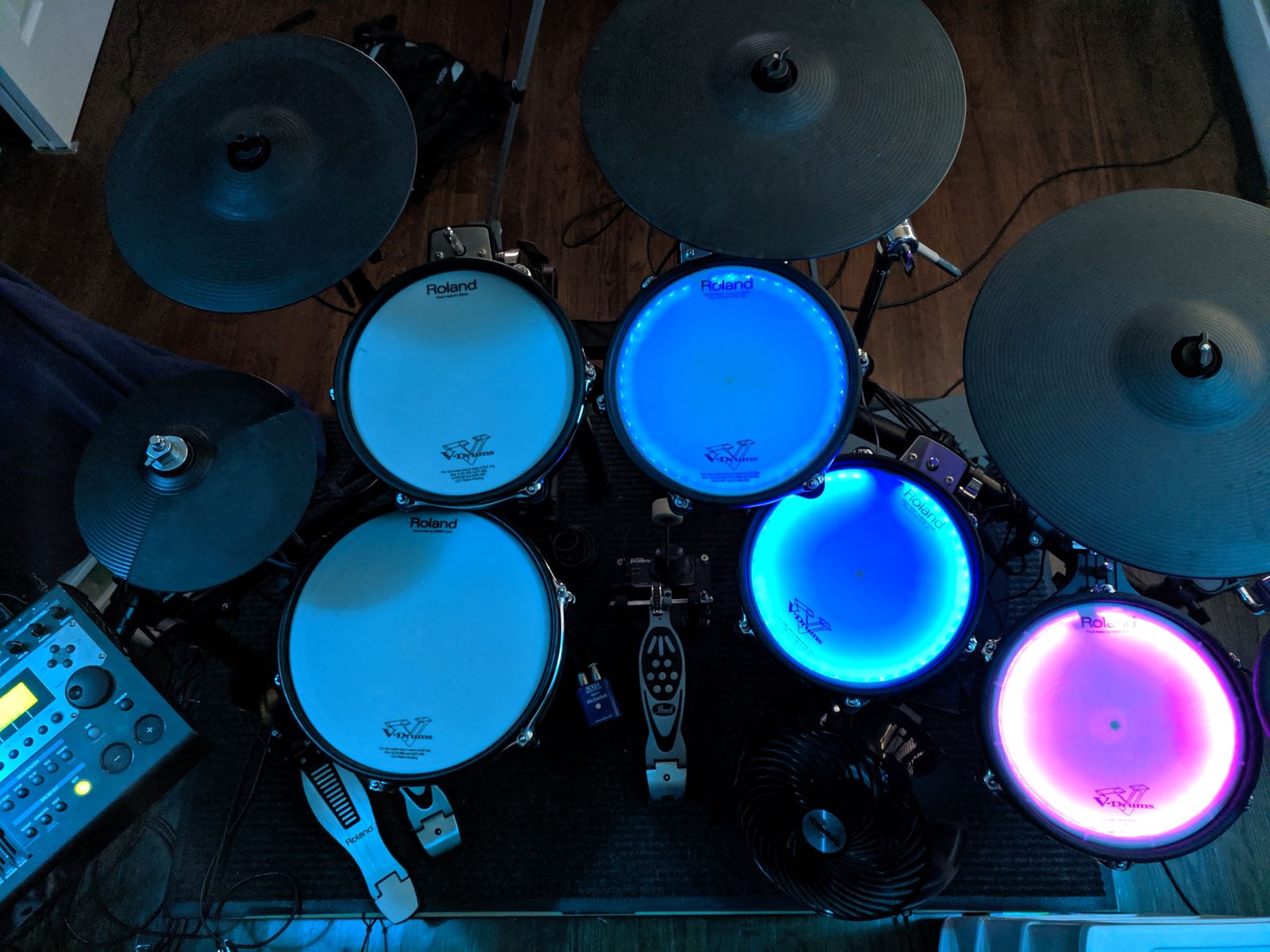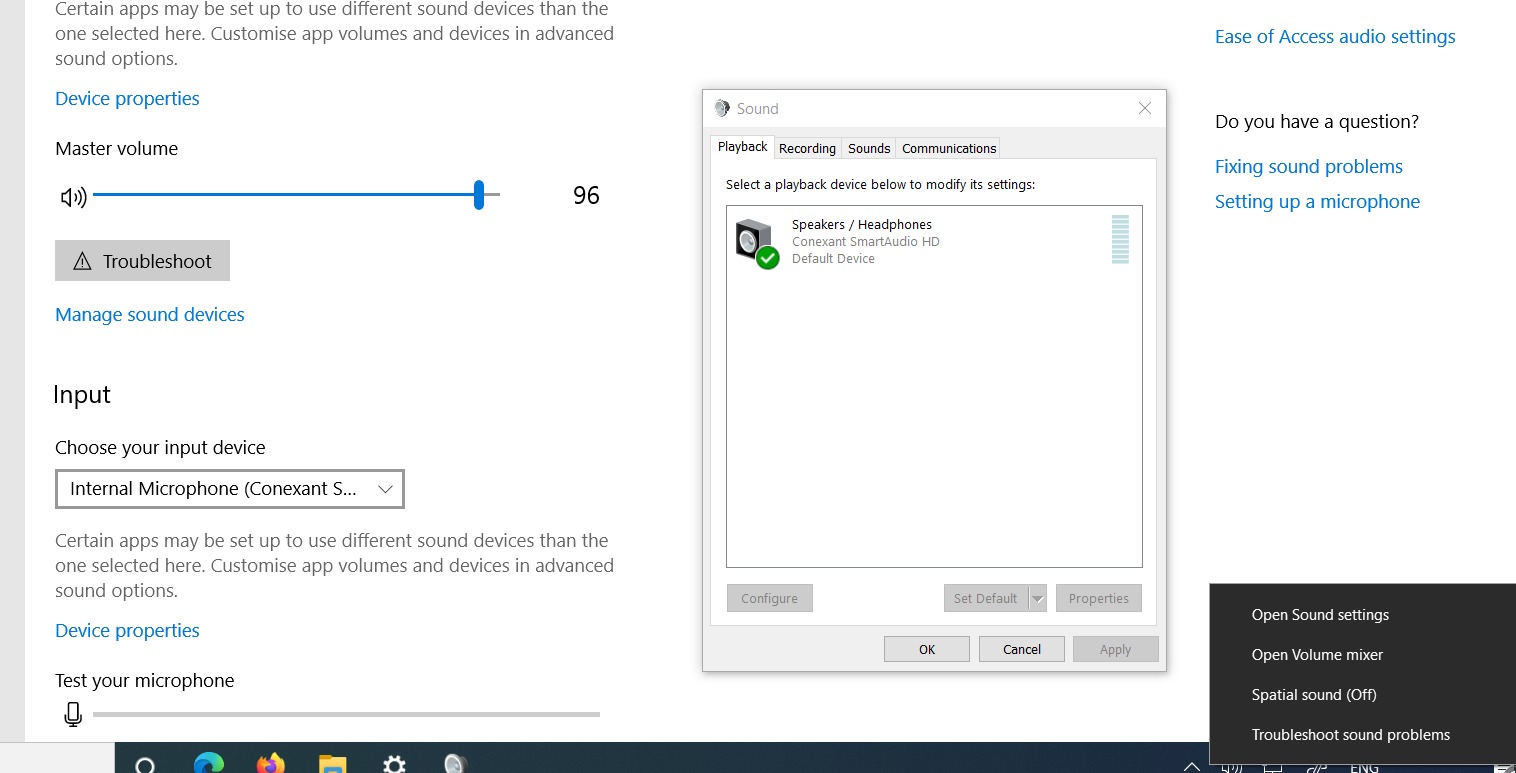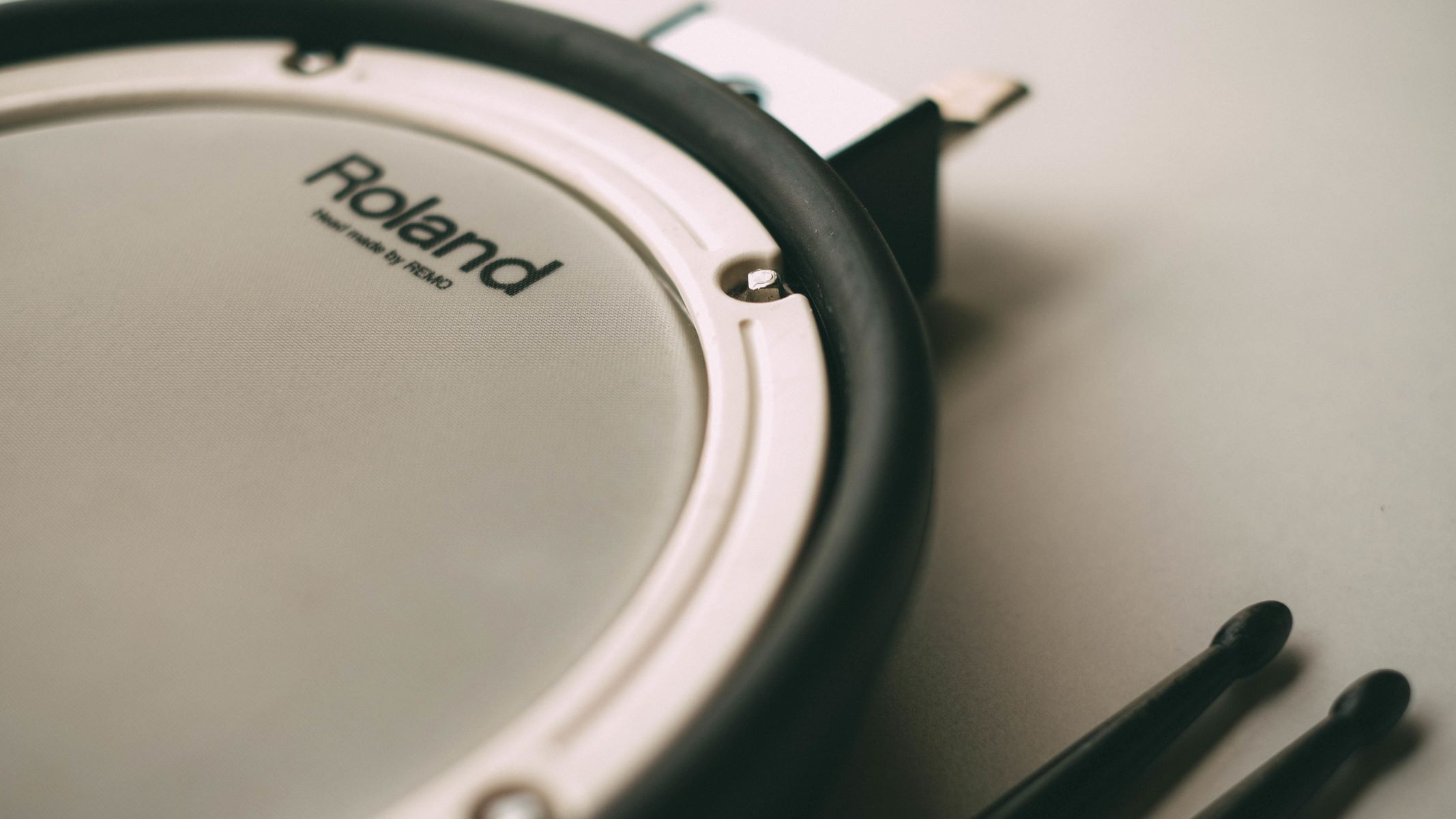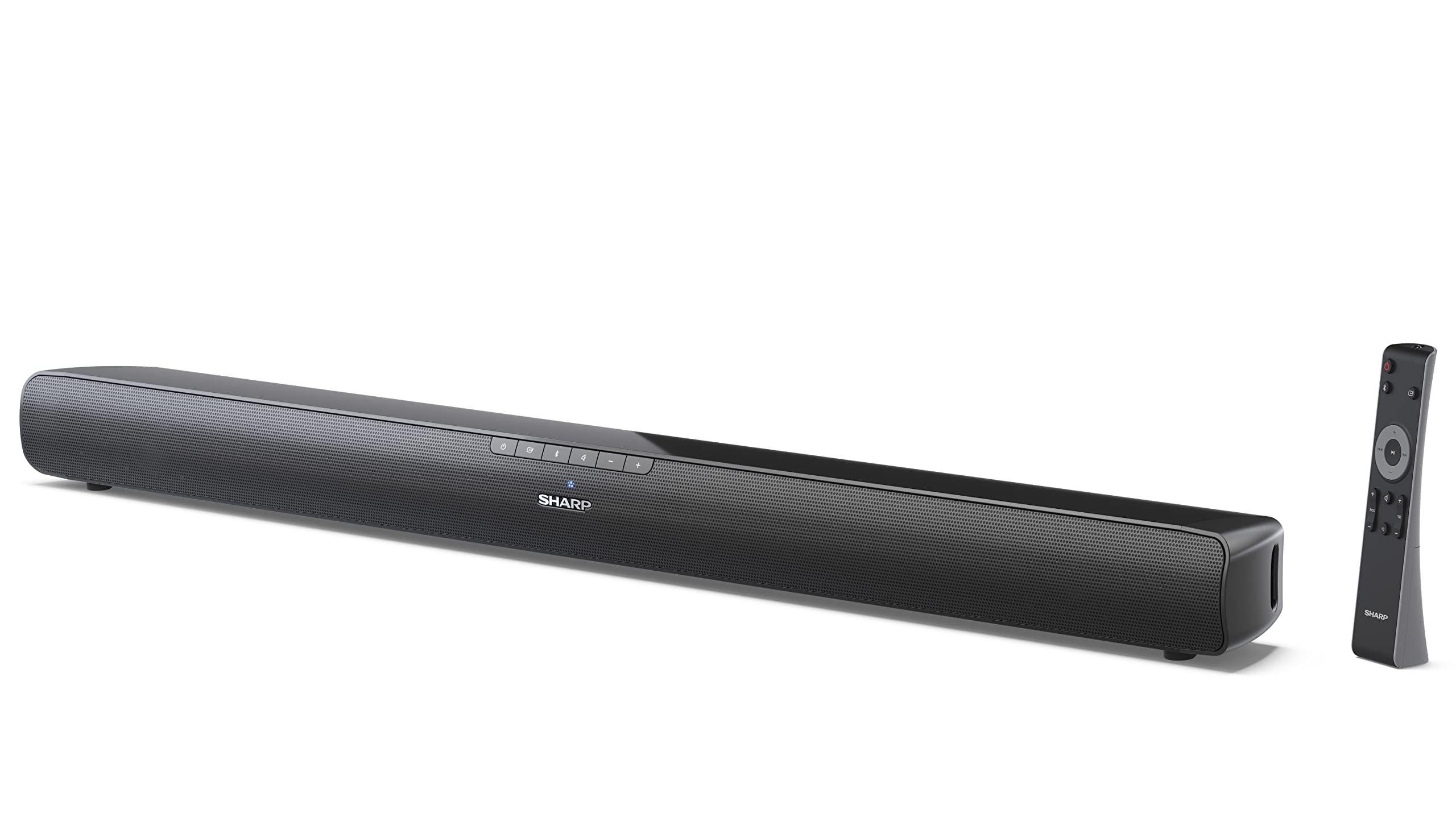Home>Instruments>Drums>How To Make Programmed Drums Sound Real


Drums
How To Make Programmed Drums Sound Real
Published: February 7, 2024
Learn how to make programmed drums sound real with our expert tips and techniques. Enhance your drum tracks and bring authenticity to your music. Discover professional drum programming methods now!
(Many of the links in this article redirect to a specific reviewed product. Your purchase of these products through affiliate links helps to generate commission for AudioLover.com, at no extra cost. Learn more)
Table of Contents
Introduction
Introduction
When it comes to music production, drums play a pivotal role in shaping the overall sound and feel of a track. While programmed drums offer unparalleled flexibility and control, they often lack the natural nuances and dynamics of live drum performances. However, with the right techniques and attention to detail, it's possible to make programmed drums sound remarkably realistic. In this comprehensive guide, we'll explore various strategies for infusing programmed drums with the organic essence of live performances.
Whether you're a seasoned producer looking to elevate your drum programming skills or a newcomer aiming to create authentic-sounding rhythm sections, this article will provide valuable insights and practical tips to help you achieve your sonic goals. From selecting the right samples to applying humanization techniques and incorporating real drumming nuances, we'll delve into the intricacies of making programmed drums come alive.
By the end of this guide, you'll have a deeper understanding of how to breathe life into your programmed drums, adding depth, character, and realism to your music productions. So, let's embark on this rhythmic journey and unlock the secrets to making programmed drums sound truly real.
Choosing the Right Samples
Choosing the Right Samples
One of the foundational elements in creating realistic programmed drums is selecting high-quality samples. The sonic characteristics of the samples you choose will heavily influence the authenticity of the final drum performance. When browsing through sample libraries or recording your own drum samples, prioritize capturing a diverse range of articulations, velocities, and timbres.
Opt for multi-sampled drum instruments whenever possible, as they offer a more comprehensive representation of an acoustic drum kit. These multi-sampled instruments encompass various hits at different velocities, enabling a more nuanced and expressive performance when programmed into a sequence.
Furthermore, consider the room ambience and microphone placements used during sample recordings. A sense of space and depth in the samples can contribute to a more lifelike and immersive drum sound. Additionally, pay attention to the tuning of the drums in the samples, as well-tuned drums can greatly enhance the realism of the programmed performance.
While it’s essential to start with high-quality samples, it’s equally important to curate a collection that suits the specific genre and style of music you’re producing. For instance, if you’re working on a hard-hitting rock track, you’ll want samples that embody the punch and aggression characteristic of rock drumming. Conversely, if you’re crafting a jazz composition, seek out samples that capture the subtlety and finesse of jazz drum performances.
Ultimately, the process of choosing the right samples involves a balance of technical considerations and artistic sensibilities. By meticulously selecting samples that align with the sonic vision of your music, you lay a solid foundation for achieving authentic and compelling programmed drum tracks.
Humanizing the Timing
Humanizing the Timing
One of the telltale signs of programmed drums is their mechanical precision, which can detract from the organic feel of a live drum performance. To address this, it’s crucial to humanize the timing of the programmed drum patterns. Humanization involves introducing subtle variations in timing to emulate the natural fluctuations inherent in live drumming.
Most modern digital audio workstations (DAWs) offer humanization features that allow you to introduce timing deviations to MIDI notes. By slightly adjusting the placement of individual drum hits, you can create a more authentic and human-like groove. This can be achieved by manually shifting the timing of notes off the grid or utilizing quantization settings that introduce controlled timing discrepancies.
When humanizing drum patterns, consider the nuances of real drum performances. For example, snare drum hits often exhibit slight timing variations compared to the kick drum, reflecting the inherent physical differences in striking these drum elements. By replicating these subtle timing discrepancies in your programmed patterns, you can instill a sense of naturalness and groove that resonates with the feel of live drumming.
Furthermore, varying the timing of ghost notes, flams, and grace notes can contribute to a more realistic drum performance. These micro-timing adjustments add depth and intricacy to the overall drum pattern, enhancing the musicality and expressiveness of the programmed drums.
Ultimately, humanizing the timing of programmed drums involves a delicate balance between maintaining rhythmic stability and infusing the performance with subtle imperfections that mirror the nuances of human drumming. By embracing these variations, you can breathe life into your programmed drum tracks, transcending the mechanical confines of rigid quantization and infusing them with the vitality of a live drum performance.
Adjusting Velocity and Dynamics
Adjusting Velocity and Dynamics
Velocity and dynamics play a pivotal role in shaping the expressive quality of drum performances. When programming drums, it’s essential to manipulate velocity values to emulate the nuanced dynamics inherent in live drumming. Velocity, in the context of MIDI programming, determines the force or intensity with which a drum sound is triggered, directly impacting the timbre and volume of the sample.
By adjusting the velocity of individual drum hits within a pattern, you can create a more human-like and dynamic performance. Consider the natural variations in drum strike intensity that occur during a live performance – from soft ghost notes to powerful accents. Replicating these gradations in velocity within your programmed drums adds depth and realism to the overall performance.
Moreover, varying the velocity of successive drum hits can contribute to a more organic and expressive feel. For instance, a drummer’s consecutive snare drum hits may exhibit subtle velocity differences, reflecting the inherent physical variations in striking the drumhead. By mirroring these velocity fluctuations in your programmed patterns, you infuse the drums with a sense of natural ebb and flow, enhancing their authenticity.
Additionally, consider incorporating velocity layers within your drum samples. Many sample libraries feature multiple velocity layers for each drum articulation, allowing for seamless transitions between soft and loud hits. Leveraging these velocity layers in your programming enables a more nuanced and realistic representation of drum dynamics, as the programmed performance responds dynamically to changes in velocity.
Furthermore, don’t overlook the importance of adjusting the overall dynamics of the drum pattern. Emphasizing the dynamic contrast between quieter and louder sections can heighten the musical impact of the programmed drums, contributing to a more engaging and emotive performance.
By conscientiously manipulating velocity and dynamics, you can breathe life into your programmed drum tracks, infusing them with the expressive nuances and dynamic range characteristic of live drum performances.
Adding Variations
Adding Variations
Introducing subtle variations and embellishments within programmed drum patterns is essential for evoking the organic spontaneity and complexity of live drum performances. While the grid-based nature of MIDI programming offers precision and control, it’s crucial to infuse the patterns with human-like nuances and fluctuations to avoid a sterile and repetitive feel.
One effective technique for adding variations is incorporating subtle timing shifts, such as nudging certain drum hits slightly ahead or behind the grid. These micro-timing adjustments mimic the natural imprecision inherent in live drumming, imparting a sense of groove and fluidity to the programmed patterns.
Furthermore, consider introducing variations in drum articulations and patterns. For example, altering the sticking patterns of snare drum rolls or adding subtle embellishments, such as flams and drags, can inject character and dynamism into the programmed performance. These variations emulate the spontaneous and nuanced embellishments that drummers employ during live performances, enhancing the overall realism of the programmed drums.
Additionally, explore the use of fill variations to break up repetitive sections and introduce dynamic transitions within the drum arrangement. Well-crafted fills, ranging from subtle tom fills to explosive snare rolls, can add excitement and momentum to the rhythm, emulating the improvisational nature of live drumming.
Moreover, consider incorporating subtle pitch variations within drum samples to emulate the natural tonal fluctuations that occur in acoustic drum performances. Adding slight pitch modulations to individual drum hits can contribute to a more organic and nuanced sound, enhancing the realism of the programmed drums.
By infusing programmed drum patterns with these nuanced variations and embellishments, you can elevate the authenticity and expressiveness of the performance, capturing the intricate nuances and spontaneity of live drumming within the realm of digital programming.
Using Real Drum Techniques
Using Real Drum Techniques
Emulating the techniques and playing styles employed by live drummers is instrumental in imbuing programmed drums with an authentic and lifelike character. By understanding and integrating real drumming techniques into your programming approach, you can capture the essence of live performances and infuse your tracks with an organic rhythmic vitality.
One fundamental aspect to consider is the incorporation of realistic drum grooves and patterns. Familiarizing yourself with the diverse array of drumming styles, such as rock, funk, jazz, and Latin rhythms, allows you to emulate the characteristic grooves and nuances associated with each genre. Whether it’s the syncopated backbeats of funk or the intricate polyrhythms of Afro-Cuban percussion, studying and replicating these authentic grooves enriches the rhythmic authenticity of programmed drums.
Furthermore, understanding drumming techniques such as ghost notes, rimshots, and cymbal swells enables you to infuse your programmed patterns with the subtle articulations and embellishments that define professional drum performances. By incorporating these techniques into your programming, you add depth and intricacy to the drum tracks, capturing the nuances of live drumming.
Another crucial consideration is the utilization of realistic drum fills and transitions. Just as a skilled drummer seamlessly navigates fills and transitions within a song, integrating authentic fill patterns and transitions into your programmed drums enhances the natural ebb and flow of the rhythm, contributing to a more compelling and dynamic performance.
Moreover, exploring the use of dynamic accents and ghost notes within drum patterns allows you to replicate the nuanced dynamics and expressiveness of live drum performances. By strategically incorporating accents and ghost notes, you impart a sense of groove and natural fluidity to the programmed drums, elevating their authenticity.
By embracing and integrating real drum techniques into your programming process, you can transcend the limitations of traditional MIDI sequencing and imbue your programmed drums with the rich textures, dynamics, and nuances characteristic of live drum performances.
Conclusion
Conclusion
Mastering the art of making programmed drums sound real is a multifaceted endeavor that demands a blend of technical prowess, musical sensibility, and a deep understanding of the nuances of live drum performances. By meticulously selecting high-quality samples that align with the stylistic and sonic requirements of your music, you lay a strong foundation for crafting authentic and expressive drum tracks.
Humanizing the timing and dynamics of programmed drums is paramount in infusing them with the organic feel and groove of live performances. Introducing subtle variations, nuanced embellishments, and real drumming techniques within your programming approach elevates the authenticity and richness of the rhythmic patterns, capturing the essence of professional drum performances.
Ultimately, the journey to making programmed drums sound real is a continuous exploration of musicality, expression, and attention to detail. Embracing the intricacies of live drumming and translating them into the realm of digital programming allows you to breathe life into your music, creating compelling and immersive drum tracks that resonate with the vitality and depth of live performances.
With a combination of technical precision, artistic intuition, and a passion for rhythmic expression, you can unlock the potential of programmed drums, transcending their digital origins to deliver captivating and authentic rhythmic foundations for your musical compositions.


